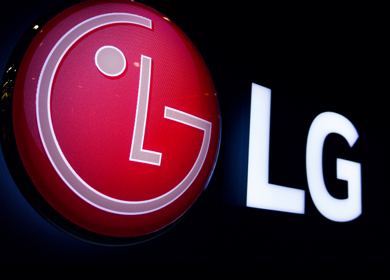Google and Meta Advertising Dominance fades amid growing competition
Published: January 10, 2023

Google and Meta's advertising market share fell below 50% for the first time since 2014, to 48.4% in 2022. That figure is expected to fall to 44.9% by the end of 2023.
For the first time in nearly a decade, the two largest players in online advertising are showing this decline.
Their combined market share shrank as a result of brands' increased access to more advertising formats. Amazon, TikTok, and streaming services such as Netflix are all expanding their reach. People are spending less time online on sites like Google and Meta, so it's no surprise that they're running into challenges, despite their continued growth.
Apple's iOS 14 update in 2021, which required apps on its devices to ask users if they wanted to be tracked, also impacted Meta and other platforms. The vast majority of iPhone owners have made the decision not to be. This update had no effect on Google because it relies on customer intent as revealed by a user's search terms.
According to Insider Intelligence, TikTok’s hold on the digital ad market more than doubled in 2022. It has around 100 million monthly active users in the United States. However, its overall share remained small, accounting for only 2% of digital ad spending in the United States.
Amazon, an already large digital-advertising player, gained market share in the United States last year. Amazon accounted for 11.7% of digital ad spending in the US last year and is expected to increase to 12.4% by 2023, as per an Insider report.
Our advertising is at the point where consumers are ready to spend,
Brian Olsavsky
Amazon's Chief Financial Officer
Other retailers have followed Amazon's lead by establishing digital-ad businesses. Together, Walmart Inc., eBay Inc., Etsy Inc., and Instacart took in approximately 1.4% of digital ad dollars spent in the United States last year.
Could the Fading Popularity of Google & Meta Reckon the End of Duopoly Dominance?
Digital marketing serves as the crux of any brand's strategy to reach their target audiences and promote their products or services. According to GroupM's global year-end industry growth forecast, global advertising revenue grew 6.5% in 2022 and is expected to grow by 5.9% in 2023.
Given the proliferation of new digital advertising options, Google's and Meta’s advertising dominance seems to be fading.
We all know that Google and Meta are known as the "duopoly" in the advertising industry. Meta has long dominated targeted social media advertising, while Google has conquered digital search advertising.
It is evident from the report that people's behaviour has been changing. They have started to leverage TikTok and Amazon to find products and ideas online. As a result, these companies' towering dominance is being eroded.
It is indispensable for marketers to be aware of emerging new platforms, just as they should be aware of those that are declining. However, most people predict these types of trends long before the numbers are released. Nonetheless, reports like this one help to reinforce that ad diversification is essential for marketers.
Given their considerable reach, the walled gardens of Google & Meta can certainly provide value for marketers. However, marketers shouldn’t put all their ad spending into one basket. They should consider other platforms in their marketing mix where their audiences have an active presence and make an informed media choice. Now is the time to diversify your advertising portfolio.










Be the first one to comment.